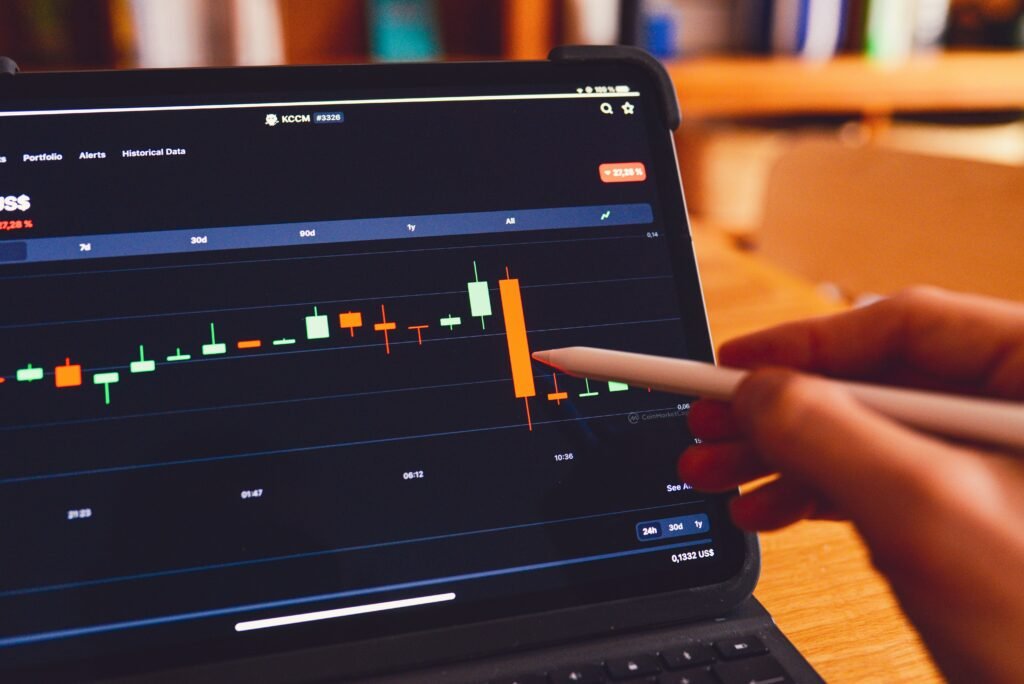Lead
Ethereum futures and Bitcoin ETF flows moved in opposite directions this week, creating a clear split between derivatives traders and ETF investors. Futures volume for Ethereum surged above Bitcoin, while U.S. spot Bitcoin ETFs continued to attract net inflows. BlockAI breaks down who is trading, what shifted, when it happened, where funds moved, why the split widened, and how traders and investors are responding to these changing dynamics.
Ethereum futures momentum
Ethereum futures and Bitcoin ETF flows show traders favoring ETH contracts for short-term momentum. Ethereum futures volume hit roughly $49.4 billion over 24 hours, surpassing Bitcoin futures at about $42.9 billion. Many derivatives desks and algorithmic traders pushed more capital into ether contracts. This surge helped altcoins gain market share in trading volumes and signaled stronger risk-on activity among futures traders.
Bitcoin ETFs rotation
The same patterns that lifted Ethereum futures and Bitcoin ETF flows also highlight a rotation into Bitcoin via ETFs. U.S. spot Bitcoin ETFs pulled in around $1.39 billion over ten days. At the same time, Ethereum ETFs recorded roughly $668 million in outflows. ETF investors appear to prefer Bitcoin as a long-duration, macro-sensitive bet, while futures desks chase shorter-term gains in ether and altcoins.
ETF flows explained
Understanding ETF flows helps explain the divergence between exchange-traded products and derivatives. Ethereum futures and Bitcoin ETF flows can diverge when market participants hold different time horizons. ETF flows reflect institutional allocations and retail confidence in Bitcoin ETFs. Futures volume reflects leverage, momentum strategies, and hedging demands tied to Bitcoin futures and Ethereum futures markets.
Altcoins grab share
Altcoins and expanded futures activity played a clear role in the recent market rotation. As Ethereum futures volumes rose, altcoins captured about 50% of total trading volume, up from roughly 40%. That shift shows how market rotation into riskier tokens can happen alongside steady ETF inflows into Bitcoin ETFs. Traders rotating between ether, altcoins, and Bitcoin futures favored assets with higher short-term liquidity.
Bitcoin futures impact
Bitcoin futures still matter even as ETFs draw fresh capital. Bitcoin futures provide basis trades and hedging for miners, funds, and prop desks. Ethereum futures and Bitcoin ETF flows together shape price discovery across spot and derivatives markets. The interaction between Bitcoin futures trading and ETF flows determines funding rates, basis, and short-term volatility for both BTC and ETH.
Why the split widened
Macro expectations and regulatory structures drove the split in demand. With traders anticipating interest rate cuts late in 2025, futures desks increased exposure to Ethereum futures for expected Q4 momentum. Meanwhile, ETF investors rotated capital into Bitcoin ETFs as a perceived safer spot allocation tied to macro cycles. Differences in product structure, fees, and custodial clarity also influenced moves between Ethereum ETFs and Bitcoin ETFs.
How traders and investors respond
Market participants adapted quickly. Arbitrageurs exploited price gaps between futures and spot markets. Active traders increased leverage on Ethereum futures when momentum favored ether and altcoins. Long-term holders reallocated into Bitcoin ETFs for more predictable exposure. Overall, Ethereum futures and Bitcoin ETF flows together created a two-speed market that traders can trade and investors can monitor.
Bottom line
This split between short-term futures demand and longer-term ETF allocations creates opportunities and risks. Ethereum futures and Bitcoin ETF flows will likely remain linked but divergent while macro trends and product flows evolve. Watch funding rates, ETF flows, and spot liquidity to read the market’s next move.
Frequently asked questions about Ethereum futures and Bitcoin ETF flows (FAQ)
Q1: What caused Ethereum futures and Bitcoin ETF flows to diverge?
Divergence stemmed from differing time horizons and product types. Futures traders chased short-term momentum in Ethereum futures and altcoins, while ETF investors rotated into Bitcoin ETFs for longer-term macro-driven exposure.
Q2: Are altcoins benefiting from this split?
Yes. As Ethereum futures volumes rose, altcoins gained market share in trading volumes, reflecting increased risk appetite among futures traders.
Q3: Should investors follow ETF flows or futures volume?
It depends on goals. ETF flows give insight into longer-term allocations. Futures volume indicates short-term momentum and leverage. Both matter for a full market view.
Sources to this article
No first-party sources were used in the preparation of this article.



